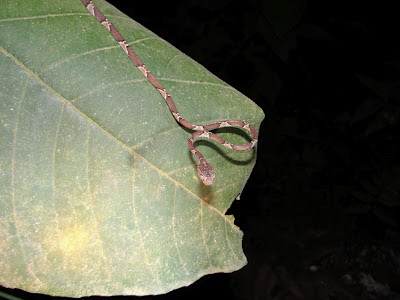The butterfly is a member of the gossamer-winged butterfly family Lycaenidae - comprised of the smallest butterflies in our fauna. This one is a Western species that can be seen on warm days in the spring - usually in mountain areas at lower elevations. They are quite delicate, and with a good look, quite captivating.
Marble Falls itself is a beautiful place. The spring run-off made for quite a cascade. The pool here by Michael looks like a great place to take a swim in July. It's a bit over 4 miles from the trailhead (that starts at Potwisha Campground). Although I can't vouch for it still being full and deep later in the year.








